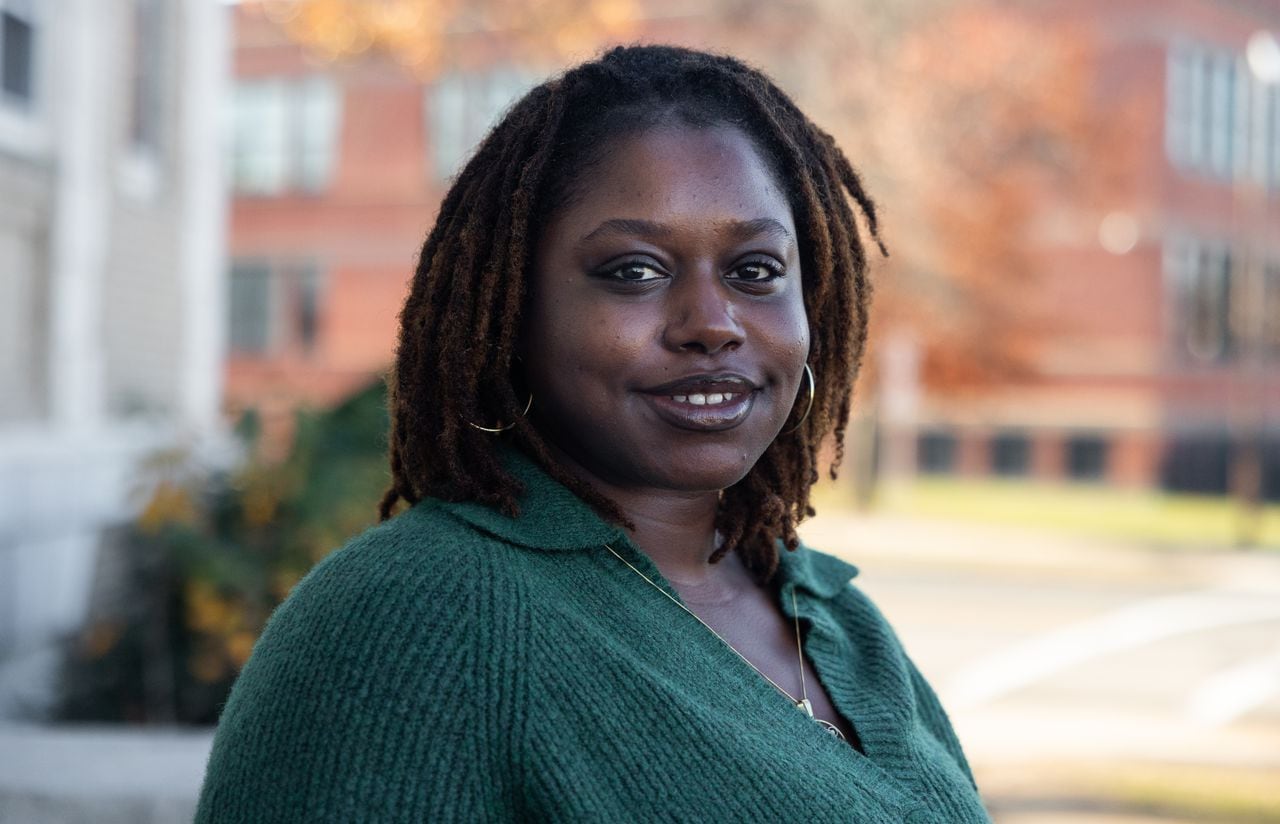
SPRINGFIELD — When the pandemic began, many people in abusive relationships were locked down at home with the person harming them.
Asking survivors of domestic violence to get a restraining order or go to a shelter or hotel was not practical, said JAC Patrissi, a trauma clinician, author and founder of Growing a New Heart, a collective of professionals who work on issues including domestic violence and social justice. “People were looking for ways to address the spike in intimate partner violence under the conditions we were facing,” she said.
“The only thing we can do right now is to ask people being abusive to stop being abusive,” said Monica Moran, manager of Domestic Violence Prevention Projects at the Pioneer Valley Planning Commission and a coordinator of the Southern Hilltown Domestic Violence Task Force.
A solution: a helpline for people harming their partner who want to change.
“Instead of harming your partner,” says the website for A Call for Change Helpline, “call us for help.”
The line launched in spring 2021. Originally named for the hours it was open, “Ten to Ten,” the line changed its name after getting calls from other time zones. While there are programs like it abroad, like the Respect Phoneline in the United Kingdom, it is the first of its kind in the U.S.
Working with about two dozen towns in Western Massachusetts, with Ware in the lead, the Pioneer Valley Planning Commission secured federal CARES Act of 2020 funds to start the helpline. The project, led by an advisory board of professionals and activists, has also received funding from the state Department of Public Health and private donations, Patrissi said.
It’s a helpline, not a hotline — a distinction the group makes because it is not an emergency response service or crisis line. The confidential and anonymous line is open from 10 a.m. to 10 p.m. EST 365 days a year and can be reached at 877-898-3411.
When it started, Patrissi was warned that no one would call. The team expected 50 calls in the first year, she said. It got 250.
Now, the service receives about 350 calls annually and that figure is on the rise.
In short order, the line got calls from across the state and country. Patrissi, a Ware resident, is proud of the project’s Western Massachusetts roots.
“Most of these initiatives come out of Boston and the rest of Massachusetts goes along for the ride,” she said. “When we started, people in Boston were surprised … It’s nice they are benefitting from an initiative that grew out here.”
Though the line takes calls from anywhere, it is planning to officially expand to California next year and add operators there, Patrissi said.
Though it’s growing, not everyone understands the point of the project right away. People see the need to help survivors of domestic violence, Patrissi said, but when some hear about the helpline, the reaction is: “You do what?”
‘I want to do this differently’
Tempestt Wilson, the lead responder on the helpline who lives in Springfield, talks to callers without judgment.
“I do my best to look at them as people who could use some education,” she said. “This helpline really does believe that people who have caused harm can change with the appropriate tools and the willingness.”
People of all ages call with varying types of situations, Patrissi said. The line hears from “young people in college who are getting a text saying, ‘I didn’t consent to that’ and young people saying, ‘What are you talking about?’ And people saying, ‘I’ve been mistreating my wife for 40 years and I’ve been in therapy and I’m not changing and I want to do this differently.’”
One goal is to make an abusive caller safer to leave, Patrissi said. That’s because leaving is most often the most dangerous time for a survivor, according to the National Domestic Violence Hotline.
Operators are trained and use specific strategies to navigate conversations, like set of nine “interrupters” to use, depending on where the person is at, Patrissi said. If the person is in an early stage blaming their partner and going on about how bad the person is, she said, the operator might simply say, “We’d like to focus on you.”
Wilson can connect callers to resources in their area, like education groups for those with a history of partner violence.
Once, she answered a call from a man who wanted to violate a restraining order and see a former partner. Wilson went over the legal consequences of doing that. “The callers usually need to hear their logic repeated back to them so they can say, ‘That’s not a good idea,’” she said.
Operators also talk about what abuse can look like. Many people picture abuse as yelling or hitting, and don’t understand other forms like intimidation, Wilson said, and “the ways you can scare a person without touching them.”
One man reported his partner told him he was abusive, but he didn’t know what she was talking about, Patrissi said. They talked, and he described punching the wall next to his wife when they had differing political opinions. The operator asked: Do you punch the wall when someone else in your family has a different political opinion? No, he said.
“Oh my god, it’s me. I’m the problem,” Patrissi said he told her. “We knew he was the problem,” she said, “But now he knows he is the problem.” He said he had been doing it for decades, he told the operator. “It’s not really about people’s feelings,” Patrissi said, “it’s about what you believe is OK to do with those feelings and to whom.”
A Call for Change Helpline can be reached at 877-898-3411. The National Domestic Violence Hotline can be reached at 1-800-799-7233. SafeLink, a statewide domestic violence hotline, can be reached at 877-785-2020.





